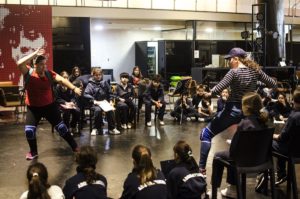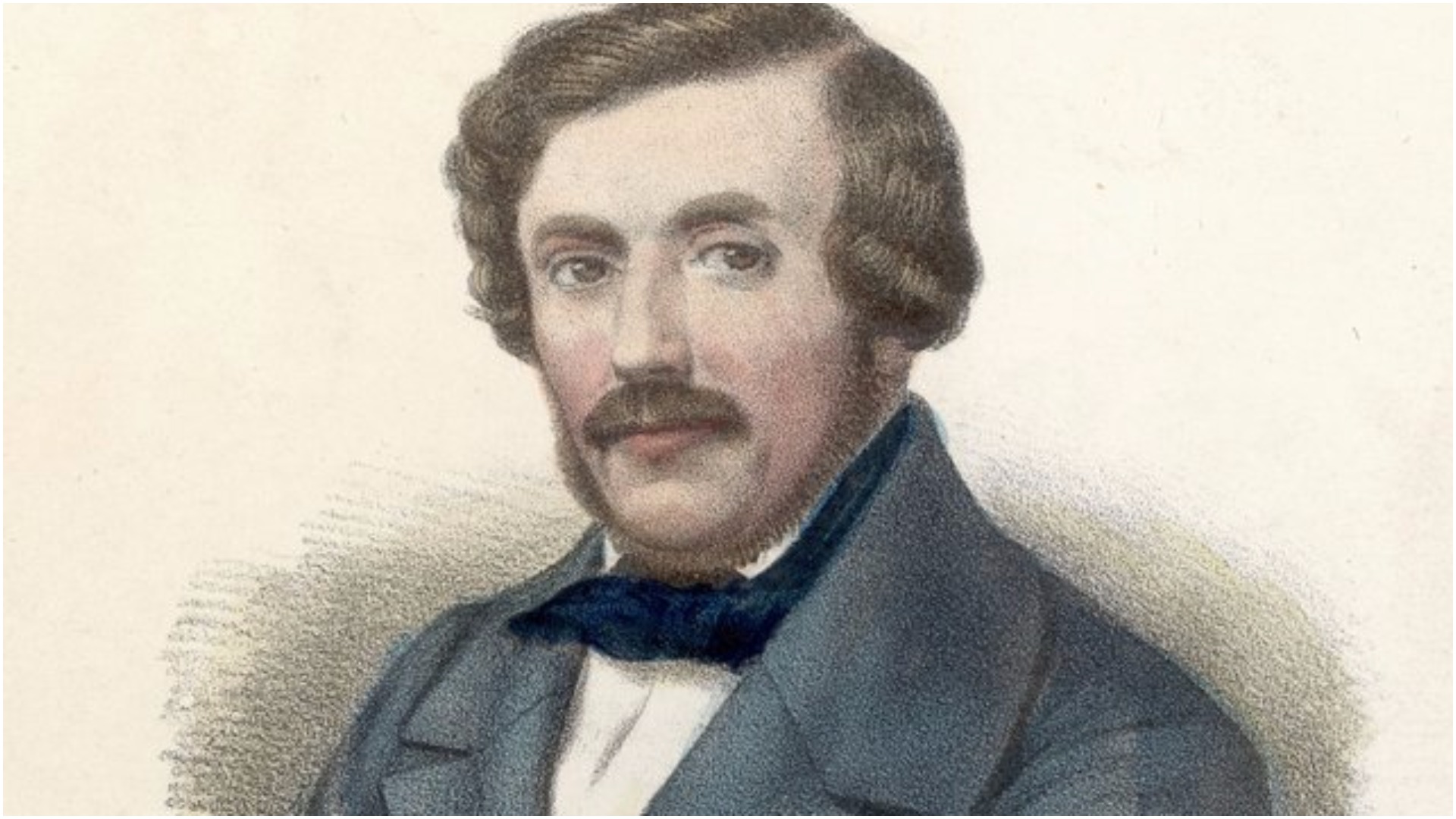
How Sol Lírica Is Allowing Children A Chance To Indulge In Opera With ‘Hansel & Gretel’
By Noelia Pirsic(Credit: Noelia Pirsic)
“Do you live from singing opera?”
“Is it difficult to sing that way?”
“Is it hard to memorize the lyrics?”
“How do you resist singing for so long?”
The doubts of 10-year-old kids in wonder flew like ping-pong balls during one of the open rehearsals for “Hansel & Gretel” that took place in the hall of the San Martín Theater, one of the most important cultural spots of the city, located just a block away from the Buenos Aires Obelisk.
But these doubts were the whole point of this new production by régisseur Julián Ignacio Garcés, in collaboration with Facundo Negri, as the two sought to bring the famed Humperdinck opera from 1893 into the modern world. The production, which will premiere on July 23 at La Ribera (and will run through August 4, 2019), is a Spanish-language adaptation of the three-act opera composed by Humperdinck with a libretto by his sister, Adelheide Wette and includes electronic sound, projections, choreography and the possibility to enjoy the show on-stage with the artists.
“The musical complexity of this play implies that it is sung by adults,” the director explained. “That is why we tried to make these adults who interpret children have a physical energy like yours. What do you do? You’re never quiet. You get hit, you stumble, you fight, cry and laugh at the same time. To fall, get up and continue walking are things that seem very far away for rusty grown-ups like us.”
“At first, we would leave the rehearsal with bruised knees from so much falling on the floor. We’re little old women, not real children, even if it appears so,” added soprano Cintia Verna, pointing at her knee pads.
The inclusion of this title in the winter holiday season is an invitation for the audience of all ages to get to know the power of lyrical theater. The fact that it’s a show that can be enjoyed by the whole family doesn’t mean that it’s a light proposal.
“The tales by the Brothers Grimm are bitter, that is their poetic,” Garcés stated in conversation with OperaWire. “That is why we recommend it for children older than five years of age. Even though the leading roles are kids, the situations that they go through are things that anyone could live at any stage of their lives, it’s a universal story.”
As to why this was the opera that was picked, Garcés replied: “First, we found this music to be marvelous. And then we saw that the situation in ‘Hansel and Gretel’ wasn’t so far from the reality of many Argentinian children whose parents work all day. They spend their time alone in the house and even they can’t go to school because they have to work. Sometimes there’s no food even though the whole family works. That is something that in the tale would seem that it only happened in Germany during the 19th century, but in Argentina it does happen a lot.
“That is nice about theater: it lets us all live situations that, even though they are not happening to us -because we’re privileged to be able to go to school and have food to eat-, it’s not the reality of all the people living in this country. And it’s good to be able to talk about that on stage, it’s not only a show.
Reaching The Children
The germ for this idea appeared by the end of 2017 when it entered the minds of Sol Lírica, the independent opera company that co-produces this show. Since then, more than thirty people have joined to give it shape. Electroacoustic Composer Facundo Negri created a sound environment where everything was allowed in order to keep the story fresh. His contributions include piano parts that resemble the original style of Humperdinck’s work, some Gershwin, Bernstein, musical comedy gestures, even videogame music.
“My intervention had to do with a scenic need -the composer explained-. I worked with sounds that nowadays are part of the imaginary and memory of children, that is why I decided to include electronic music. My approach to opera is cinematographic and theatrical: music ends up acquiring a main role because it has to support the imaginary world that we give the characters so that they can express their contradictions, their dreams, their urge to dance.”
Regarding the words and music, which were adapted in order to be able to reach a new generation of spectators, Garcés noted, “The translation that we originally had was beautiful, but it was too old and had things that would not work for today’s audience. The main premise we had with this opera was not to underestimate the kids. The fact that because they are children all should be nice and soft, everyone should jump and there should be fancy colors everywhere: that is not the Brothers Grimm’s way. They didn’t want to offer a sweetened portrayal of the world.”
The decision to make technology have an important role among the music and the staging is not about following a trend but telling the story through contemporary means. All the components of this work, starting with the use of the voice, have a specific dramatic purpose.
“They begin to sing as a need to turn a blind eye to the reality that oppresses them: but it is also that same singing and music that appears as a hook, a trap,” Garcés revealed.
This new “Hansel & Gretel“ production has a lot to say about today’s world while it builds a fantasy setting with humor and sensitivity. A challenge is added: to make a tale born two centuries ago resonate in the souls of children and adults that live in a hyper-mediated world. And the wish that the experience will work as a portal for this new audience towards the universe of opera.


